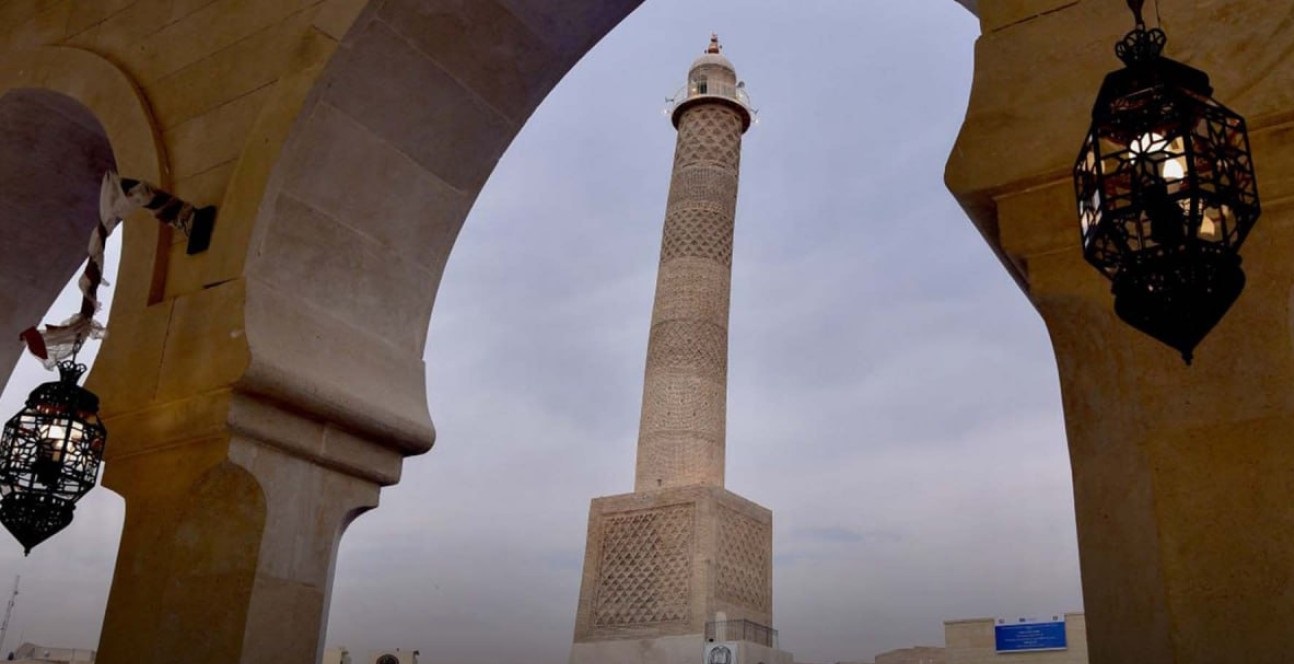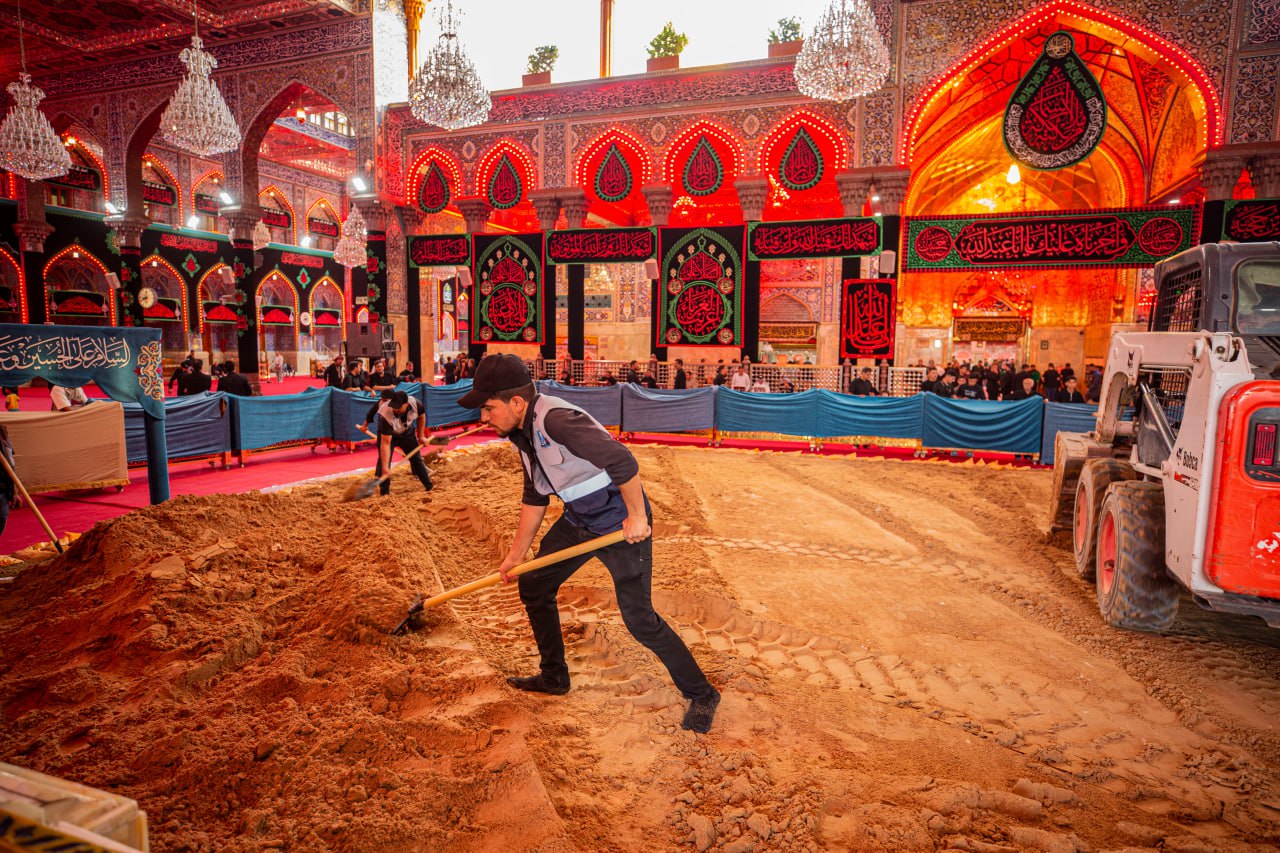Iraq's Al-Hadba Minaret restored after years of destruction
The Al-Hadba Minaret in Mosul, Iraq, has been rebuilt after being destroyed during the ISIS occupation. Named for its slanted shape, "Al-Hadba" means "the slanted" in Arabic. UNESCO led the restoration, using original bricks in the process, and the minaret now stands proudly as part of the Al-Nuri Mosque.
Abdullah Mahmoud of Iraq's Department of Antiquities said, "Al-Hadba is our identity, and its restoration means the city has regained its identity." The 12th-century structure retains its distinctive 160-centimeter tilt, preserved as it was in 1960.
The Al-Nuri Mosque, where ISIS leader Abu Bakr al-Baghdadi declared his so-called caliphate in 2014, was destroyed in June 2017 during the battle to liberate Mosul. ISIS terrorists had planted explosives before retreating.
The five-year restoration, which included 26,000 original bricks for the exterior and 96,000 new ones internally, also stabilized the tilt. Efforts extended to the mosque's columns, dome, and courtyard, with original stonework used to restore the mihrab. The minbar was rebuilt due to the loss of original components.
Former muezzin Imad Zaki monitors the restoration daily, saying, “Today you can feel the spirituality. It’s as if our souls have finally found peace.”
UNESCO’s wider initiative also includes the restoration of the 1862 Al-Tahera Church, with reconstructed arcades, columns, and stained glass windows. Some archaeological finds are now displayed under a glass floor.
Despite these efforts, Mosul’s recovery continues. Much debris has been removed, but many neighborhoods remain damaged. In the Old City, buildings marked “safe” show that explosives have been cleared, and many residents, particularly Christians, await the chance to return.
Saad Mohammed, 65, who lives near the Al-Nuri Mosque, recalled seeing the ISIS flag on the minaret before it was destroyed. Now, with the minaret restored, he says, "Today the minaret has risen again, and now we feel safe."




